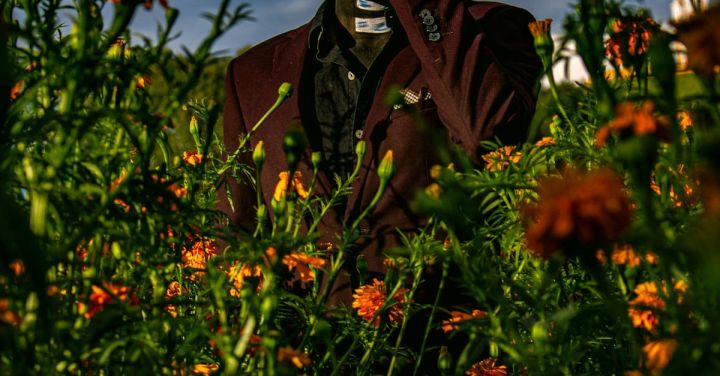What Safety Precautions Are Needed for Parades?

Parades are a joyful celebration of culture, community, and tradition. From colorful floats to marching bands, parades bring people together and create a festive atmosphere. However, with large crowds and various moving elements, it is essential to prioritize safety during these events. In this article, we will explore the safety precautions that are necessary for parades.
Crowd Control
One of the primary safety concerns during parades is managing the crowd. Large gatherings can quickly become chaotic if not properly organized. To ensure the safety of participants and spectators, it is crucial to have a well-designed crowd control plan in place.
– Barricades: Placing barricades along the parade route helps to keep the crowd at a safe distance from the moving floats and vehicles. This prevents accidents and ensures that everyone can enjoy the parade from a secure location.
– Volunteers: Having trained volunteers stationed throughout the parade route can help guide the crowd and provide assistance when needed. They can also help identify any potential safety hazards and take appropriate action.
– Communication: Effective communication is essential for crowd control. Installing loudspeakers along the parade route allows organizers to relay important messages and instructions to the crowd. This can help prevent panic and confusion in case of an emergency.
Float and Vehicle Safety
Parades often feature elaborately decorated floats and vehicles. While these add to the spectacle, it is essential to prioritize safety when it comes to their construction and operation.
– Float Design: Floats should be structurally sound and built with safety in mind. They should be inspected before the parade to ensure that there are no loose or sharp objects that could pose a risk to participants or spectators.
– Vehicle Maintenance: All vehicles involved in the parade should undergo regular maintenance checks to ensure they are in proper working condition. This includes checking brakes, lights, and other essential components.
– Speed Limit: Enforcing a speed limit for floats and vehicles is crucial to prevent accidents. Vehicles should not exceed a safe, designated speed during the parade.
Emergency Preparedness
It is important to be prepared for any unexpected situations that may arise during a parade. Having a comprehensive emergency plan in place can help mitigate potential risks.
– Medical Aid: Having medical professionals or first aid stations strategically placed along the parade route ensures that immediate medical attention is available if needed. It is also important to have a clear communication system to quickly summon medical assistance if required.
– Fire Safety: Fire safety measures should be implemented, particularly if there are fireworks or other pyrotechnics involved in the parade. Fire extinguishers should be readily accessible, and a designated area for fireworks should be established, following all necessary safety protocols.
– Weather Conditions: Monitoring weather conditions is crucial for parade safety. In the event of severe weather, such as lightning storms or high winds, organizers should have a plan in place to either postpone the parade or evacuate participants and spectators to a safe location.
In conclusion, parades are a wonderful celebration of culture and community. However, safety should always be a top priority. By implementing crowd control measures, ensuring float and vehicle safety, and being prepared for emergencies, organizers can create a safe and enjoyable experience for everyone involved. So, the next time you attend a parade, take a moment to appreciate the behind-the-scenes efforts to keep everyone safe.